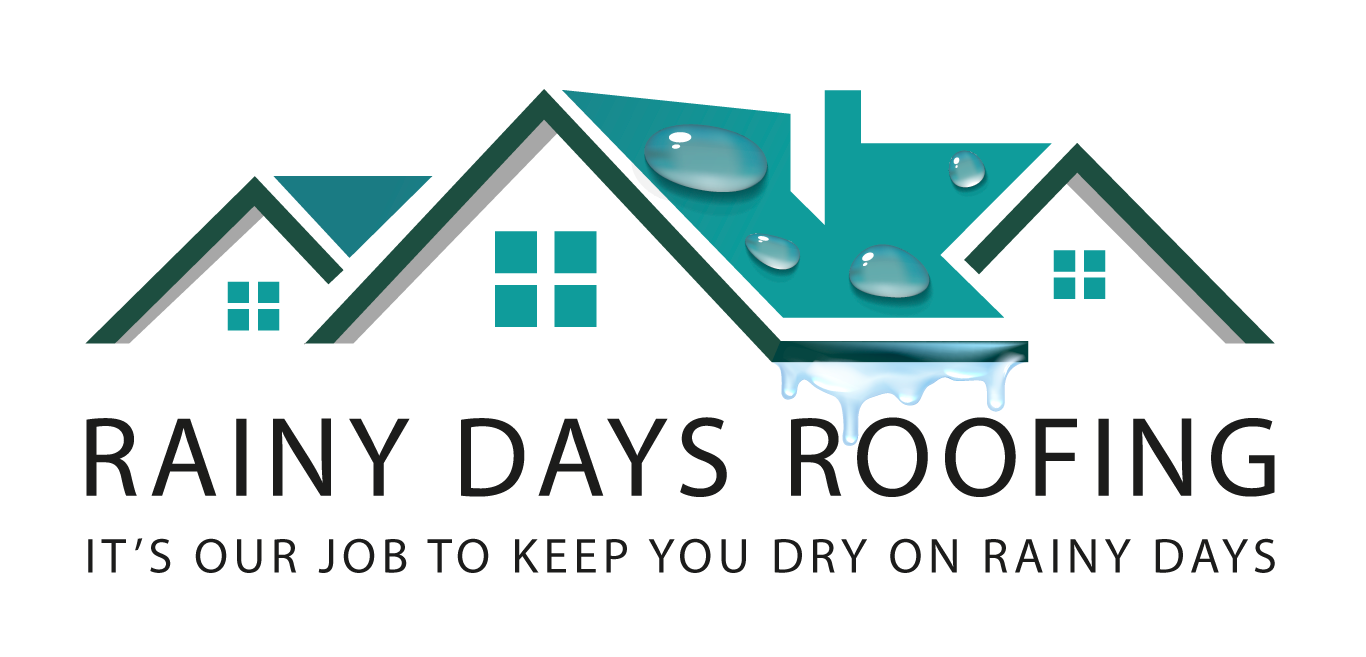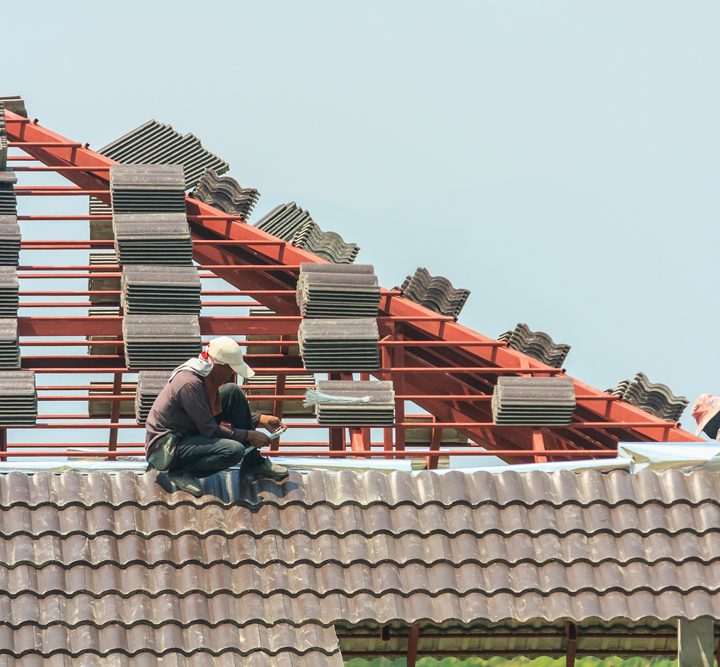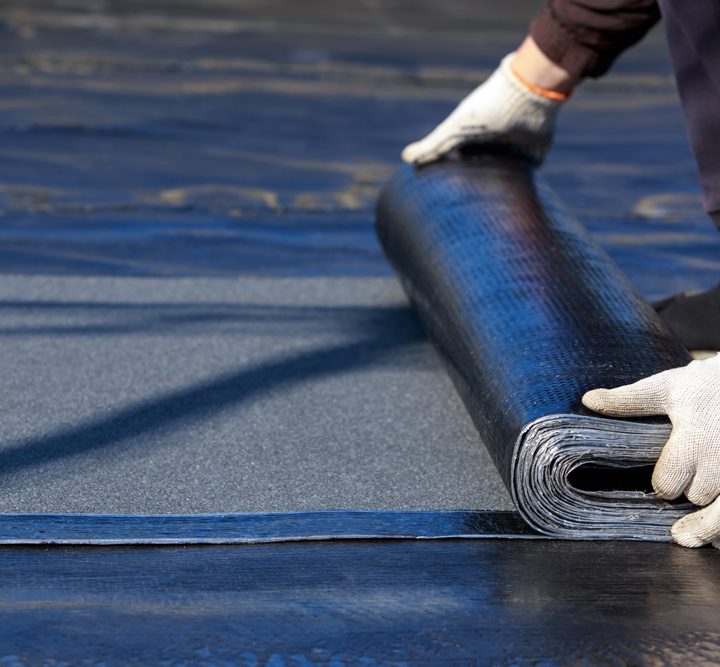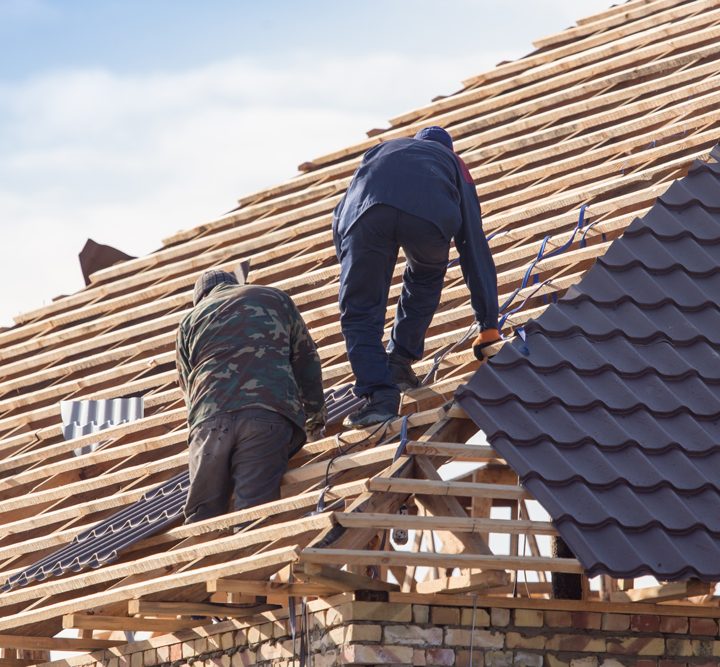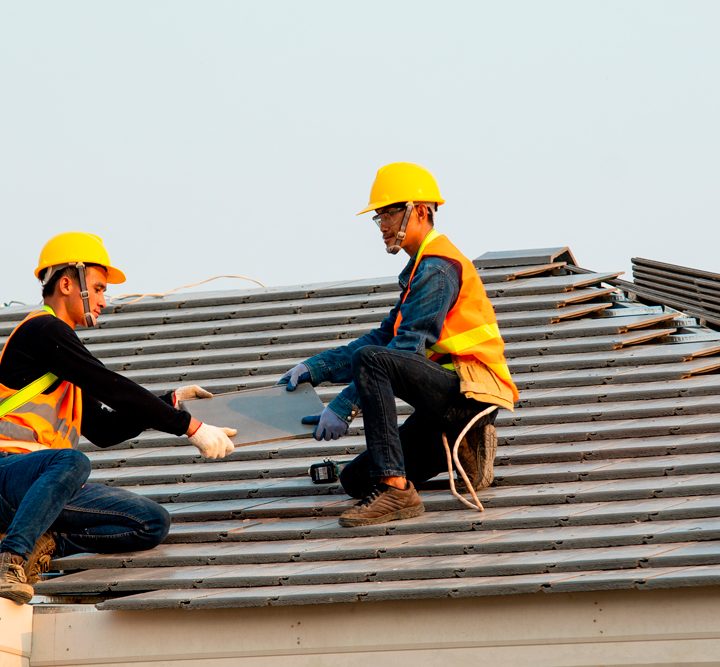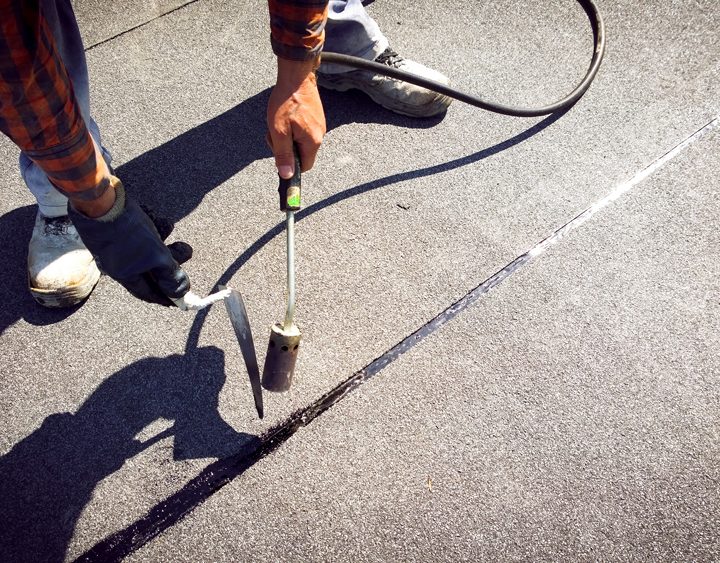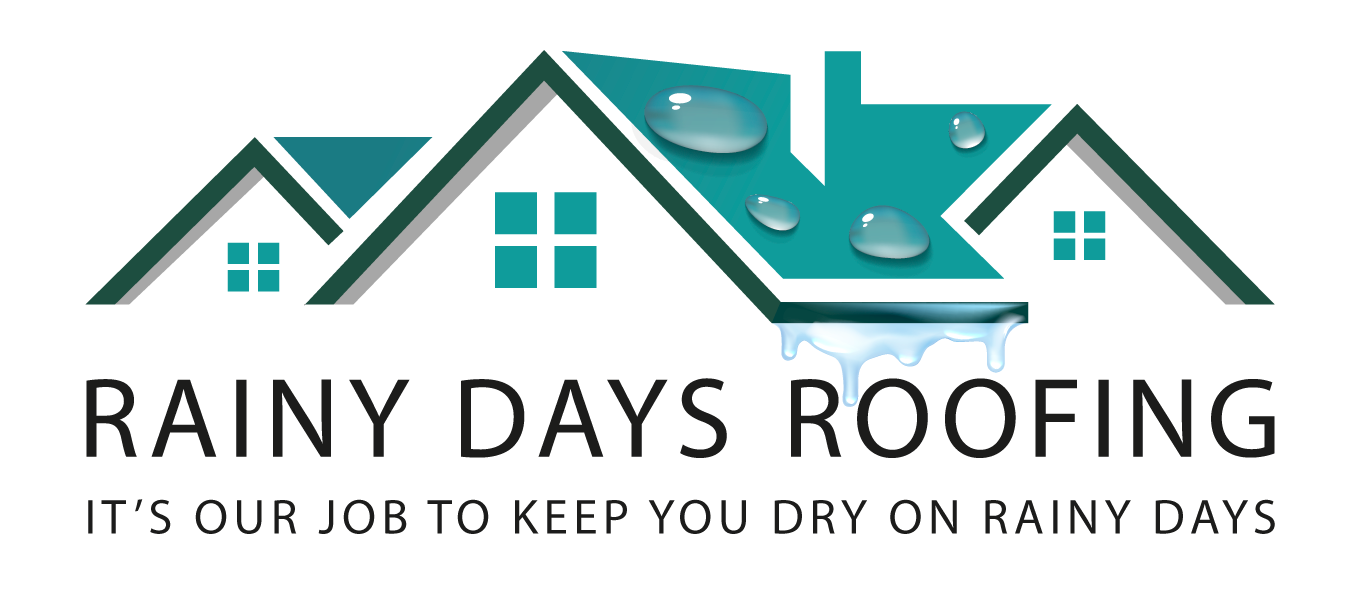Should You Repair or Replace Your Roof? A Practical Guide for 2025
Your roof is your home’s first line of defence against the elements. Yet when problems arise—leaks, missing tiles, or visible sagging—you’re often faced with one daunting question: should you repair or replace your roof? For homeowners in London and Essex, making the right choice can save thousands of pounds in the long run. In this guide, we’ll explore the key factors you should consider when choosing between roof repair or replacement in 2025, especially if you’re working with a limited budget.
When Is Roof Repair the Right Choice?
Sometimes a repair is all your roof needs to stay strong and secure. Here are scenarios where repair is typically the smarter and more cost-effective option:
1. Minor Localised Damage
If you’ve spotted a few missing or cracked tiles, some flashing damage, or a small leak, repairs can usually address the problem without the need for full replacement. Quick repairs now can prevent widespread damage later.
2. Roof Age Under 15 Years
Most pitched roofs last between 20–30 years. If yours is still relatively young and in otherwise good shape, repairs are more practical. Replacing a roof that’s only halfway through its expected lifespan may be unnecessary.
3. Damage From a Recent Storm
Storms can cause isolated problems such as dislodged tiles or minor gutter issues. These are often covered by home insurance and easy to fix. Timely storm damage repair prevents moisture from penetrating deeper into the roof layers.
4. Budget Constraints
When funds are tight, patching up your roof can buy you valuable time to plan for a future replacement. Many homeowners prioritise essential fixes first, allowing them to budget gradually for a full upgrade.
Signs That a Full Roof Replacement Might Be Necessary
Some issues go beyond patchwork solutions. Watch for these signs that suggest your roof may need replacing:
1. Multiple Leaks or Widespread Water Damage
If you’re seeing leaks in different areas or signs of water damage on ceilings and walls, your underlayment or decking may be compromised. This hidden deterioration can weaken the entire roof structure.
2. Significant Structural Sagging
Sagging areas suggest potential rot or weakening of the structural support, which requires more than just cosmetic fixes. Left unaddressed, this can affect interior ceilings or cause safety risks.
3. Extensive Tile or Membrane Damage
When more than 30% of your roofing surface is deteriorated or missing, a full replacement is often more economical long-term. Trying to patch over widespread issues will only delay the inevitable.
4. Roof Age Over 25 Years
If your roof has exceeded its expected lifespan, especially with repeated issues, replacing it can save on future emergency repairs. Older roofs are also less energy-efficient and more vulnerable to storms.

Cost Comparison: Repair vs. Replace
| Factor | Roof Repair | Roof Replacement |
|---|---|---|
| Upfront Cost | £150–£1,200 | £4,000–£10,000+ |
| Time to Complete | 1–2 days | 3–10 days |
| Insurance Coverage | Often partially covered | Usually requires specific approval |
| Longevity | 2–10 years (depending on fix) | 20–30 years |
While repairs are less costly upfront, replacing an aging or severely damaged roof can be more economical over time. It also helps increase property value and reduce maintenance worries.
Environmental Considerations

A newer roof with energy-efficient materials (like reflective membranes or improved insulation) can reduce energy bills. Replacing your roof is an opportunity to upgrade to sustainable materials, such as recycled tiles or solar-ready systems.
The Energy Saving Trust recommends upgrading insulation during roofing work to reduce heat loss.
Additionally, old roofing materials may be recyclable—ask your roofing contractor if waste materials can be diverted from landfills. Choosing local materials with long life expectancy also reduces environmental impact.
Common Mistakes Homeowners Make
Delaying small repairs, which can lead to costly damage.
Ignoring signs of deterioration because it “still looks okay.”
Hiring unlicensed contractors with no guarantees or insurance.
Focusing only on price and ignoring material quality.
It’s also a mistake to base decisions solely on exterior appearance. A roof may look intact while suffering serious damage underneath. Always request a professional assessment.

Frequently Asked Questions
Q: Can I just patch over a leak instead of replacing part of the roof?
A: Patching may work temporarily, but if the underlying issue (like rotting timber or poor underlayment) isn’t resolved, the problem will return.Q: How do I know if a roofer’s quote for replacement is fair?
A: Always request at least 2–3 detailed quotes and ask for breakdowns. A reputable roofer will explain what each cost includes.Q: Is re-roofing cheaper than a full tear-off?
A: Sometimes, but re-roofing over damaged materials can void warranties and shorten lifespan. A full tear-off ensures proper inspection and installation.Q: Can repairs extend my roof’s life long enough to save for replacement?
A: Yes—timely, professional repairs can buy you several years if the structure is still sound. Combine with regular inspections.
When to Get a Professional Roof Assessment
You don’t need to make the repair-or-replace decision alone. At Rainy Days Roofing, we offer professional inspections across London and Essex. Our experts:
Inspect visible and hidden damage
Provide written estimates for both options
Help you prioritise actions based on urgency and cost
We ensure you’re not overspending on a replacement when a repair will do—or risking structural damage by delaying necessary replacement.

Author

